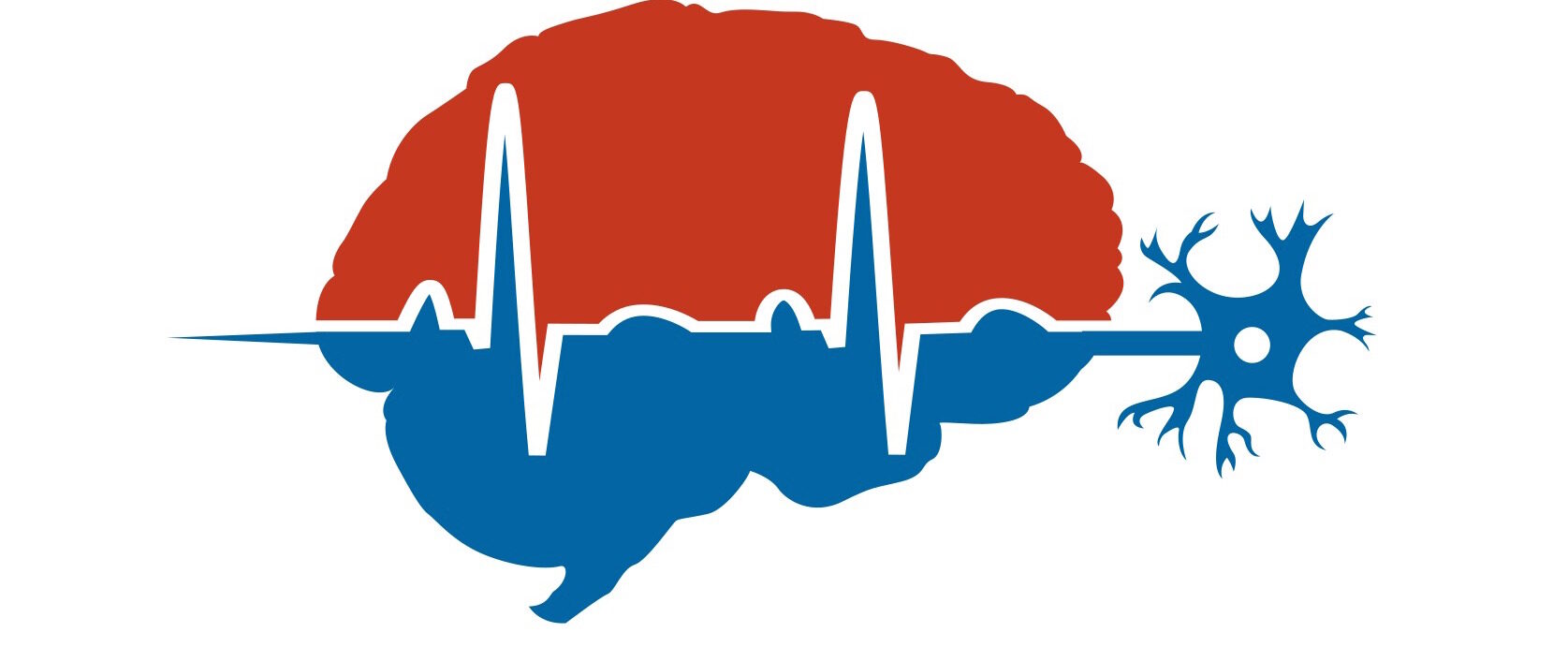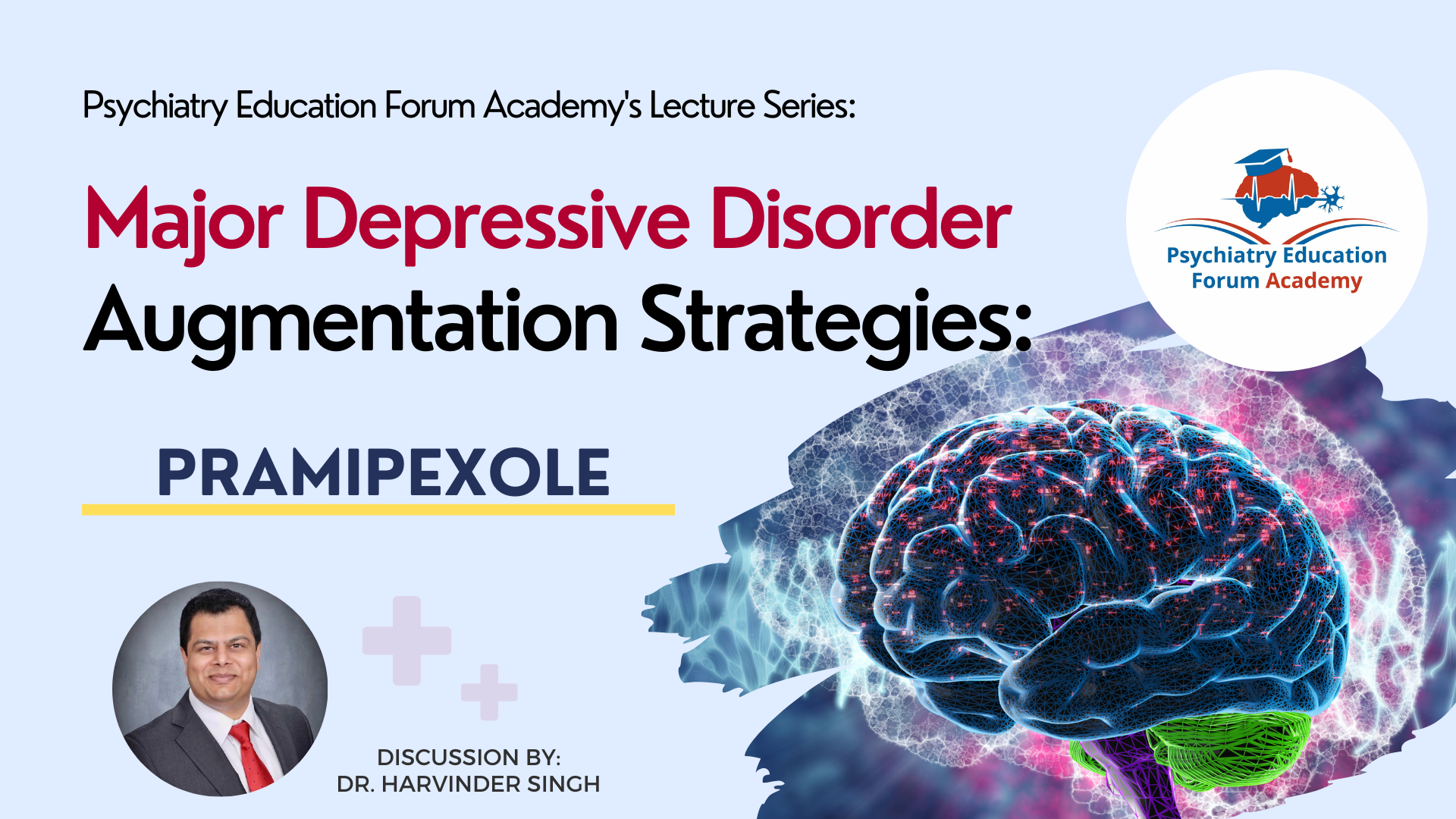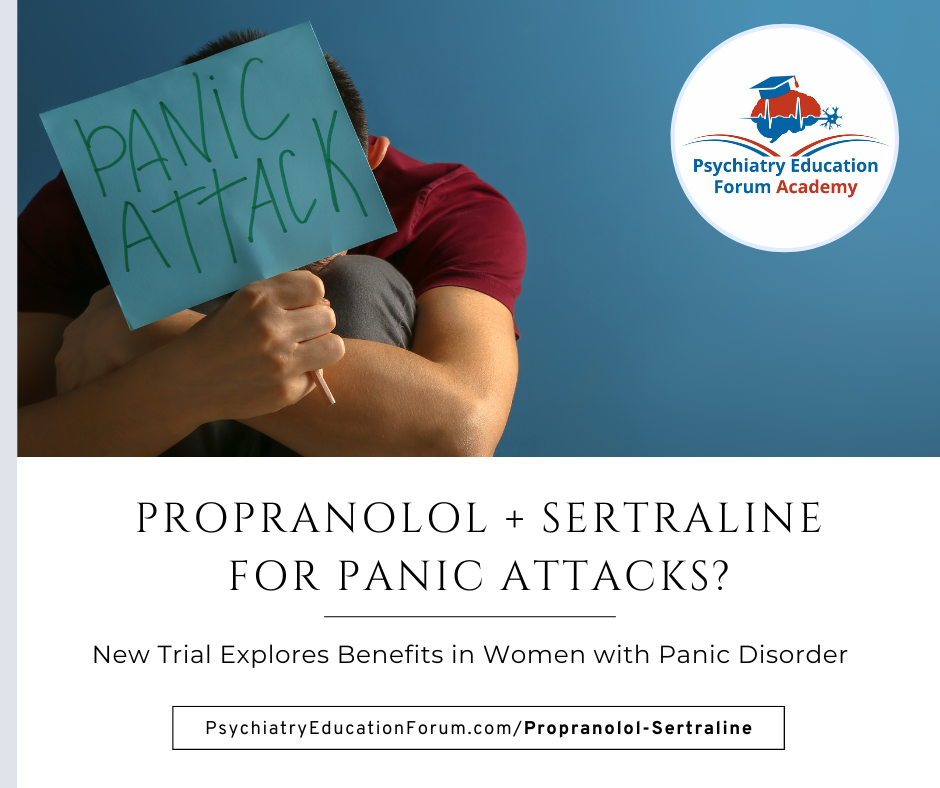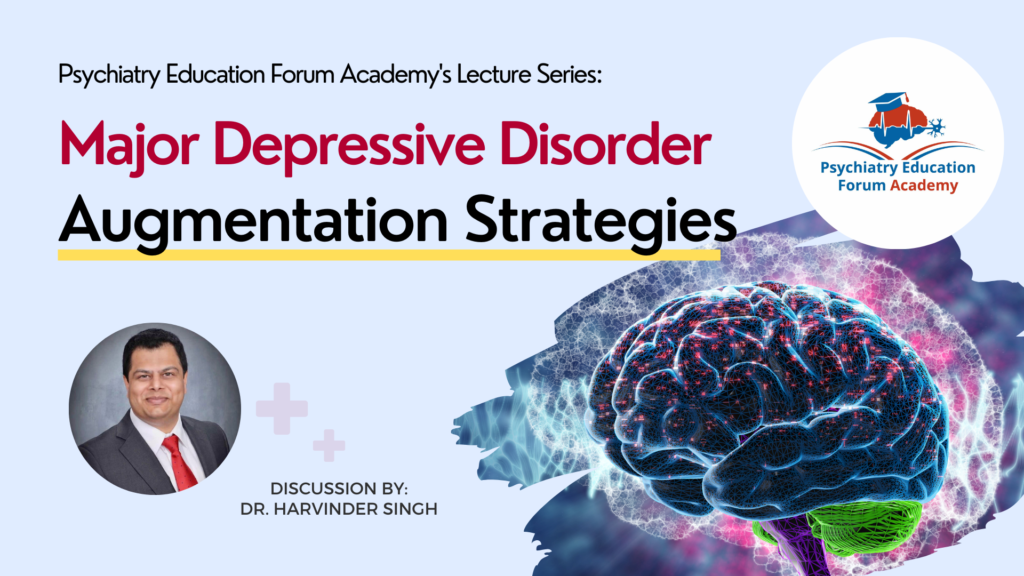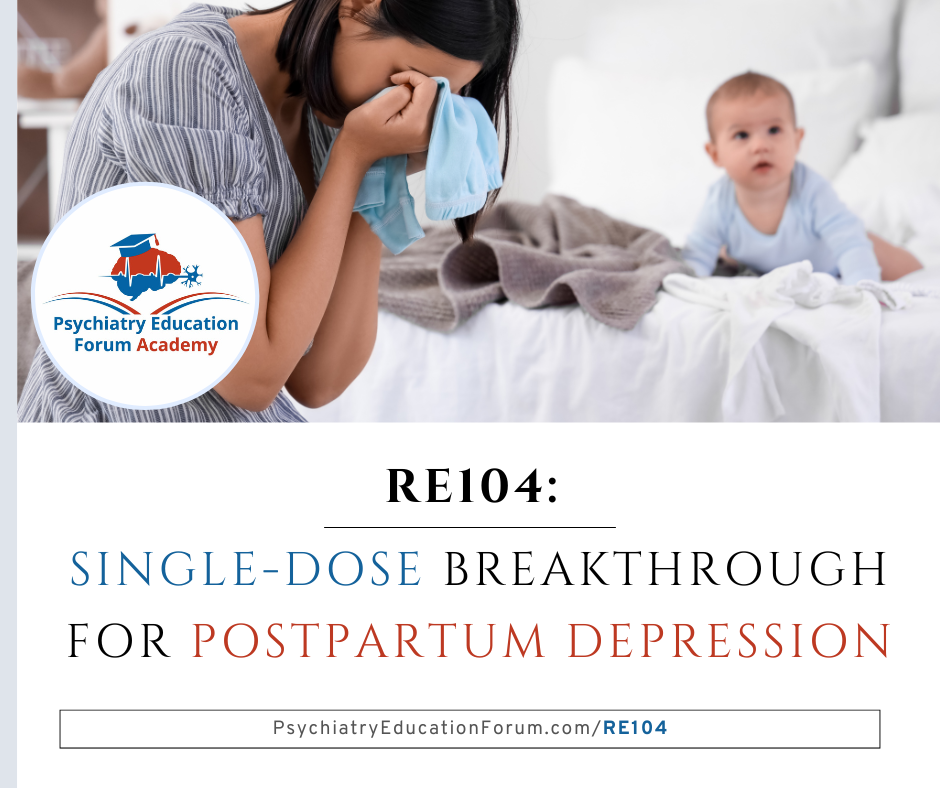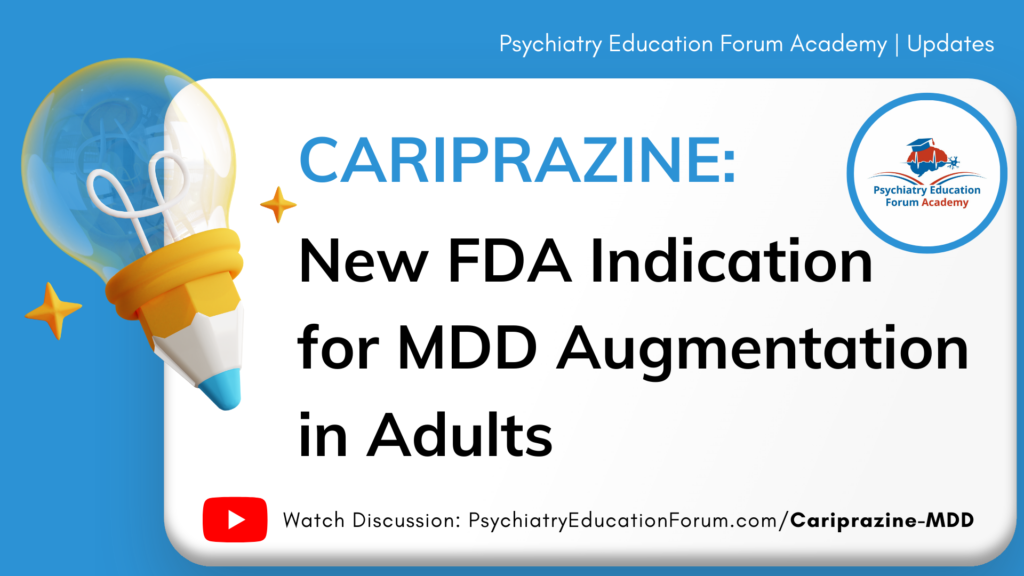Pramipexole for TRD: Promising 48-Week Results

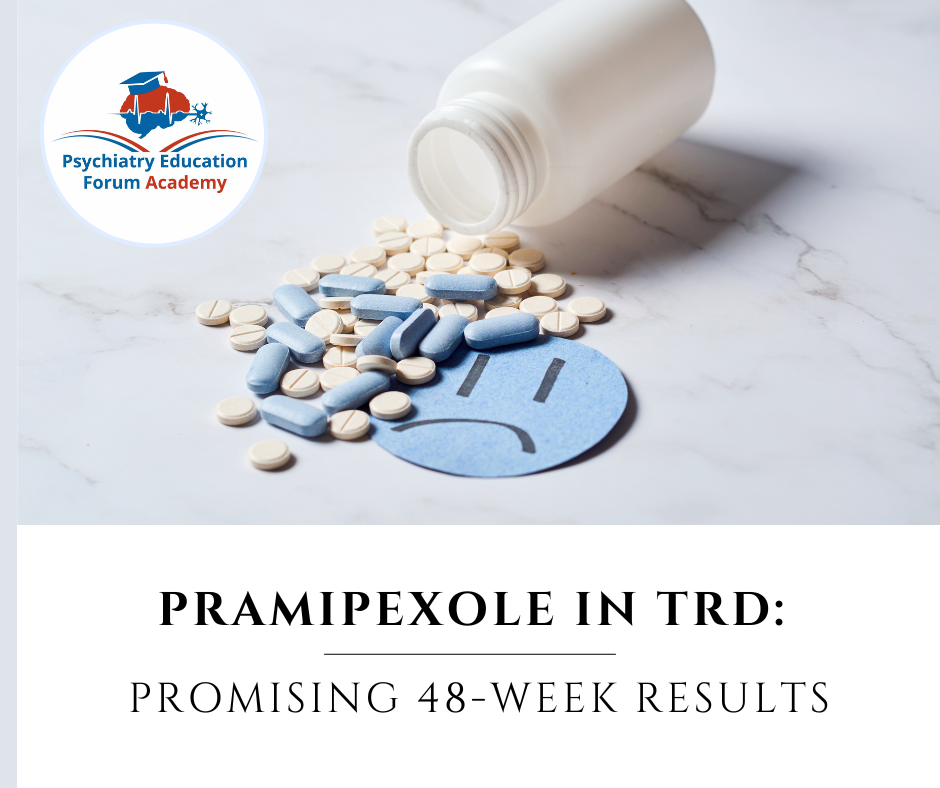
Published: June 29, 2025, in The Lancet Psychiatry
Study: Pramipexole augmentation for the acute phase of treatment‑resistant, unipolar depression: a placebo‑controlled, double‑blind, randomised trial in the UK (The Lancet Psychiatry, Volume 12, Issue 8, 579 – 589)
📌 Study Summary
A multi-center, randomized, double-blind UK trial evaluated pramipexole augmentation in adults with treatment‑resistant depression (TRD) who had not responded adequately to standard antidepressants.
- Participants: 150 adults (mean age ~45; ~56% women) with unipolar TRD
- Design: Pramipexole titrated to 2.5 mg/day or placebo, added to existing antidepressants, for 48 weeks
Key Findings at Week 12:
- Mean QIDS‑SR₁₆ reduction: -6.4 points (pramipexole) vs –2.4 points (placebo)
- QIDS-SR16 Response Rate: 44% (pramipexole) vs 16% (placebo); p = 0.0011
- QIDS-SR16 Remission Rate: 28% (pramipexole) vs 8% (placebo); p = 0.0026
- QIDS-C (Clinical reported) score change: −6.1 points (pramipexole) vs −3.0 (placebo); p < 0.0001
- GAD-7 score change: −4.1 points (pramipexole) vs −1.5 (placebo); p = 0.0007
- Anhedonia: SHAPS score change: −3.8 points (pramipexole) vs −1.5 (placebo); p = 0.0003
Key Findings at Week 48:
- QIDS-SR16 score change: −6.1 points (pramipexole) vs −4.0 (placebo); p = 0.021
- WSAS (Work and Social Adjustment Scale) score change: −6.8 points (pramipexole) vs −3.3 (placebo); p = 0.03
⚠️ Adverse Events:
Adverse Events ≥10% in Either Group
Substantially higher in Pramipexole group:
- Nausea: 67% vs 41% (+26%)
- Dizziness: 56% vs 36% (+20%)
- Somnolence: 24% vs 8% (+16%)
- Vomiting: 29% vs 12% (+17%)
- Headache: 63% vs 49% (+14%)
- Malaise: 19% vs 9% (+10%)
- Diarrhea: 17% vs 9% (+8%)
- Middle insomnia: 13% vs 1% (+12%)
- Abdominal pain: 11% vs 1% (+10%)
- Sleep disorder: 28% vs 19% (+9%)
Higher in Placebo group:
Migraine: 5% vs 17% (−12%)
Adverse Events of Special Interest
- Impulse control disorder: 3% vs 0% (+3%)
- Substance-induced psychotic symptoms: 1% vs 0% (+1%)
Suicidal Ideations:
Lower in the pramipexole group than in the placebo group by the 3rd week of treatment.
Hypomania Risk:
- Altman Self-Rating Mania scale scores: raised in the pramipexole group by the 2nd week of treatment.
- Hypomania: 1 (Pramipexole) & 1 (Placebo)
Medication Discontinuation Due to Side Effects:
- 20% (pramipexole) vs 5% (placebo)
✅ Conclusion:
Pramipexole augmentation appears to be a clinically effective, long-term option for TRD, offering a viable dopaminergic pathway alternative when traditional augmenters fall short. Still, higher withdrawal rates necessitate clinician vigilance in side effect management.
💬 Clinical Commentary:
- Long-term augmentation data: This is the largest TRD augmentation trial to run for nearly a year, offering insights on sustained efficacy.
- Dopaminergic target: Unlike SSRIs/SNRIs, pramipexole targets dopamine—supporting a different neurochemical pathway in TRD.
- Magnitude of effect: A ~4‑point QIDS difference is clinically meaningful, parallel to effect sizes seen with lithium or atypical antipsychotics.
- Tolerability concerns: A 20% dropout rate underscores the need for careful dose titration and managing side effects.
🎓 Practice Implications:
- Consider pramipexole for patients unresponsive to first‑line augmentation—especially when dopaminergic enhancement is well tolerated.
- Initiate at low doses and titrate slowly during the first 12 weeks to reduce nausea and sleep-related side effects.
- Monitor for impulse control disorders and side effected mentioned above.
FOR ACADEMY MEMBERS:
This chapter will be summarized in the following sections:
- Mechanism of Action: behind Pramipexole’s efficacy for MDD augmentation.
- Who is a Good Candidate: for Pramipexole trial?
- Recommended Dose for Pramipexole: how to initiate & titrate in adults and elderly patients?
- Onset of Response: how long will it take to achieve a response after reaching the therapeutic dose?
- Side Effects: with pramipexole treatment.

Want the latest research insights delivered straight to your inbox?
We continue to review and summarize clinically relevant research to support your daily practice.
INTERESTED IN ACCESS TO THIS & OTHER CLINICALLY RELEVANT LECTURE SERIES?
JOIN ACADEMY MEMBERSHIP:
This is a closed membership for medical professionals only.
- 400+ Clinically Relevant Chapters: Each chapter within these sections is of direct clinical relevance for your daily practice. (Table of Content)
- Journal Club: we will post the most recently published psychiatry articles relevant to your daily clinical practice. (Read Content)
- Clinical Case Discussion: Dr. Singh (Psychiatry) and Dr. Kaur (Family Medicine) discuss clinical cases to integrate the clinical cases from Psychiatry and Medicine. (Read Content)
- Monthly Insights: Gain access to our monthly sessions featuring the latest on recent publications, new medication approvals, FDA updates, and more. (Monthly Insights)
- Discussion Forum & Community: Connect with other medical professionals and discuss your difficult-to-treat clinical cases. (Academy Network)
- Goal: is to have all important clinically relevant topics in one place for ease of access.
DISCOUNTS AVAILABLE FOR: Residents & Students ONLY.
Email us your student information (program information and way to confirm your student status) to: [email protected]
© 2025 All Rights Reserved.
